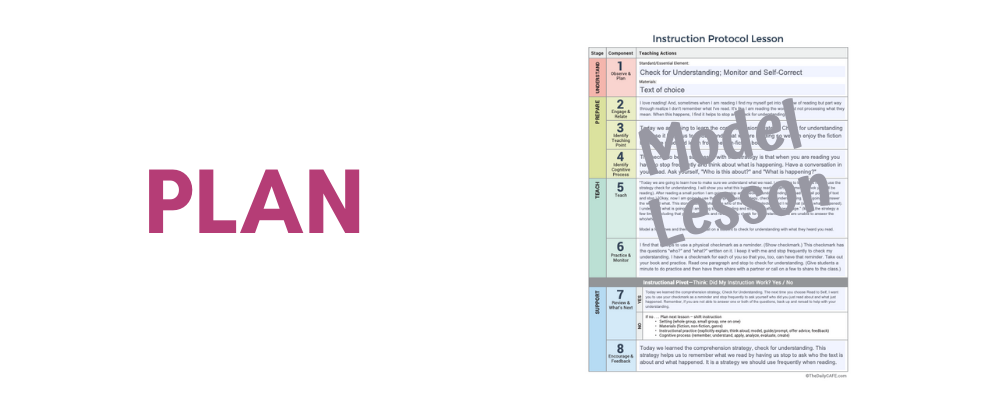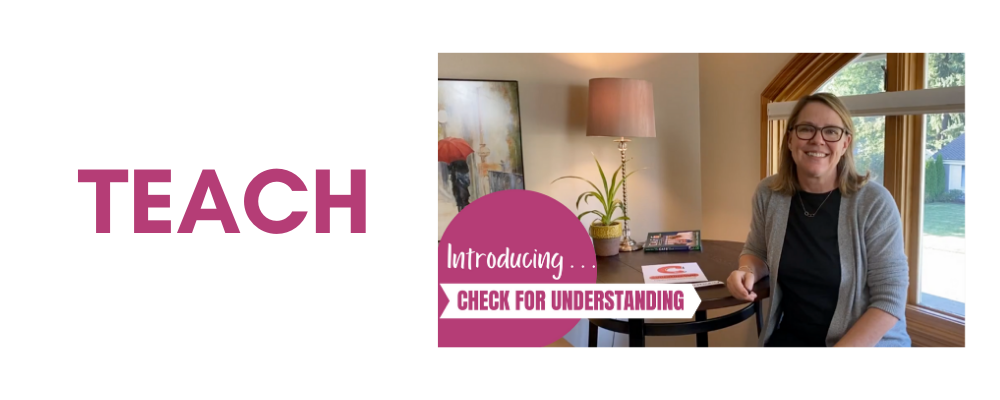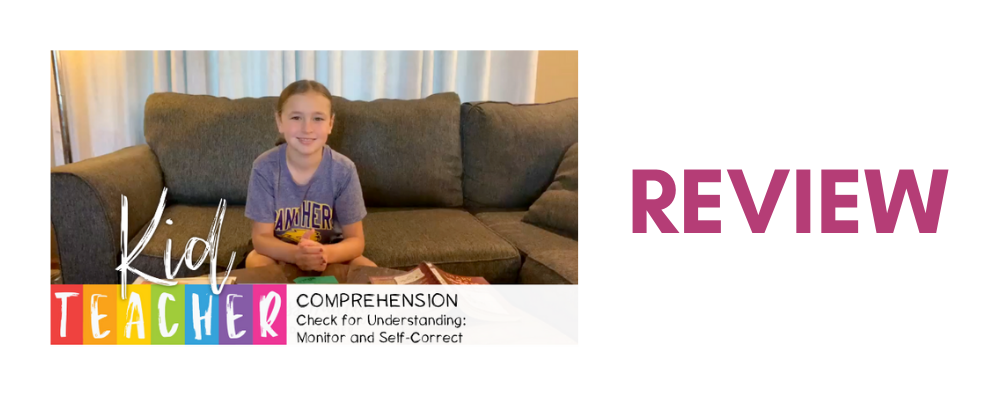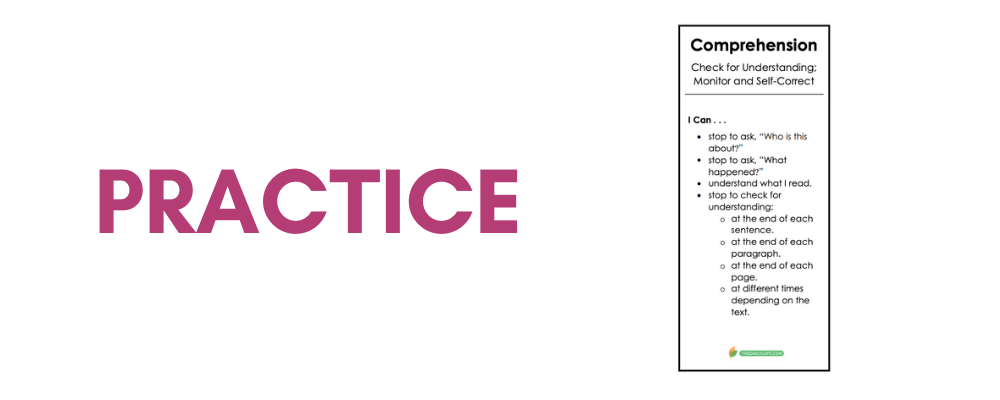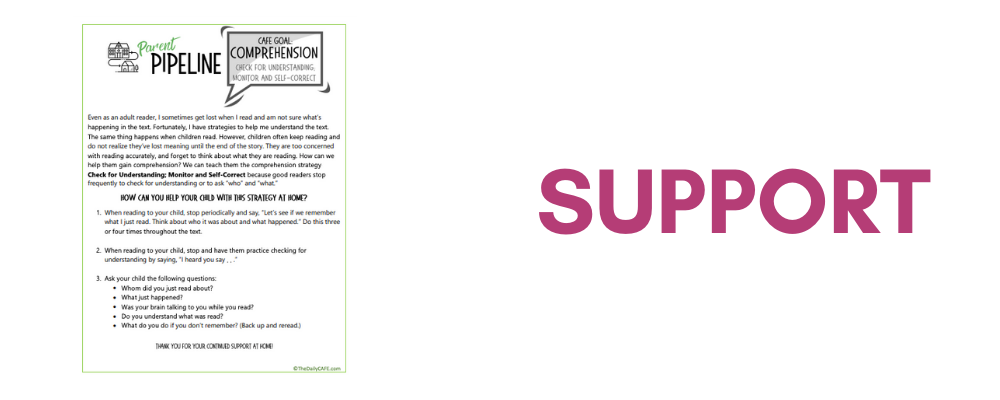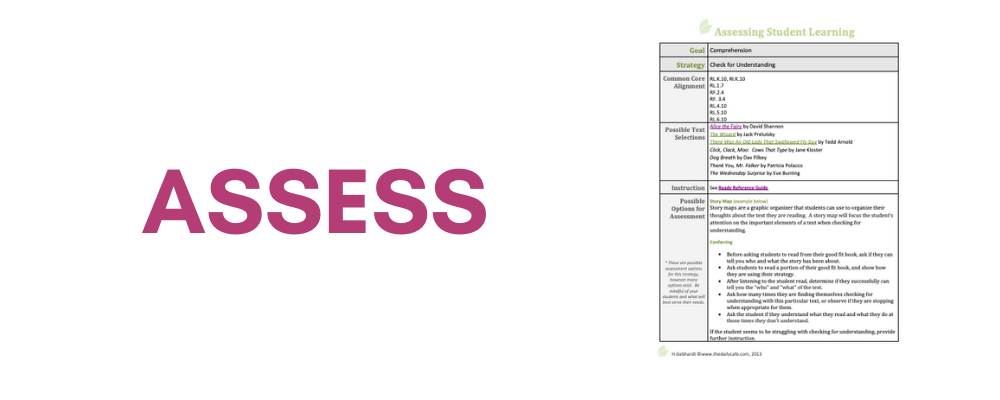Getting Started With . . . Check for Understanding
Join Our Community
Access this resource now. Get up to three resources every month for free.
Choose from thousands of articles, lessons, guides, videos, and printables.

A comprehension strategy that teaches readers to stop frequently and check, or monitor, whether they understand what they are reading. This typically involves a quick summary of what they've read, starting with who and what.
When teaching this strategy, use the Ready Reference Guide and review required standards to see the depth of instruction needed. What do students need to be able to do? Then, use the instruction protocol along with a chosen book to teach the strategy in the desired setting. Need a model lesson? Find it here.
See it in action as Janet teaches her students how to Check for Understanding; Monitor and Self Correct by modeling this strategy with the book Say Please, by Tony Ross.
In this video, Gail teaches the strategy Check for Understanding. Share this with your class, and then continue instruction with a text and content that meets the needs of your students and your grade level standards.
Another way to introduce this strategy to your students or to review it with them later, is to have them listen to Miss Hadley, our Kid Teacher, explain (in her own words) how she uses it.
After students have learned the what, why, and how of Check for Understanding; Monitor and Self-Correct, they need time to practice.
Give the strategy bookmark to students who are working on this strategy. It will remind them what the strategy is, and how to use it successfully when reading.
You can also help support their learning at home by providing caregivers with a Parent Pipeline. This Pipeline provides a brief description of the strategy with a few ideas for how they can help from home.
When a reader demonstrates effective use of the strategy, consistently, it is time to layer on a new strategy. You may wish to use the assessment option provided here in conjuction with the 1–4 rubric scale, as a means to assess student learning of the strategy.






